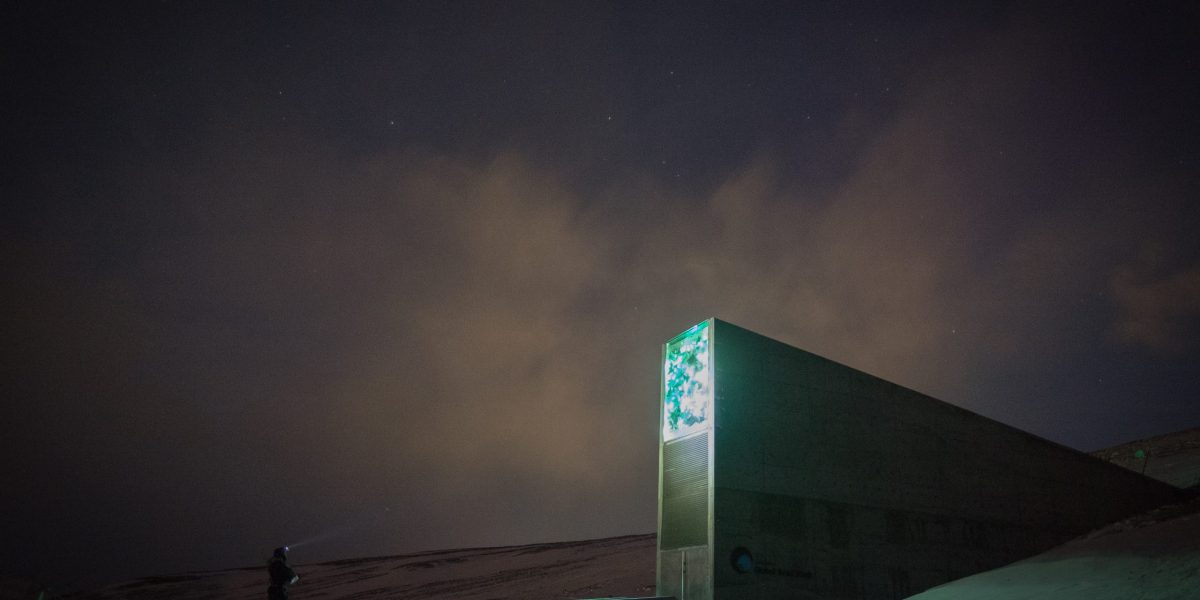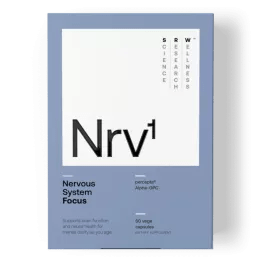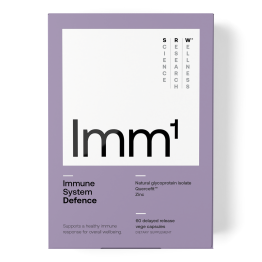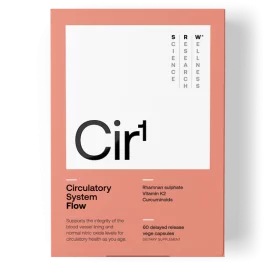Banking On Seeds
Buried deep into the side of a sandstone mountain on an island halfway between Norway and the North Pole, the world’s largest and most important collection of crop diversity is safely housed in the Global Seed Vault. Its purpose is to store backups of the world’s seed crops and is an insurance policy protecting our future food supply from natural and man-made disasters. With a capacity to hold 4.5 million varieties, the Seed Vault is currently holding over one million seed samples that originate from every corner of the globe. It houses the most diverse range of seeds for food crops in the world; these include such staples as maize, wheat, rice, cowpea and sorghum from Africa and Asia and potato, eggplant, lettuce and barley from Europe and South America.
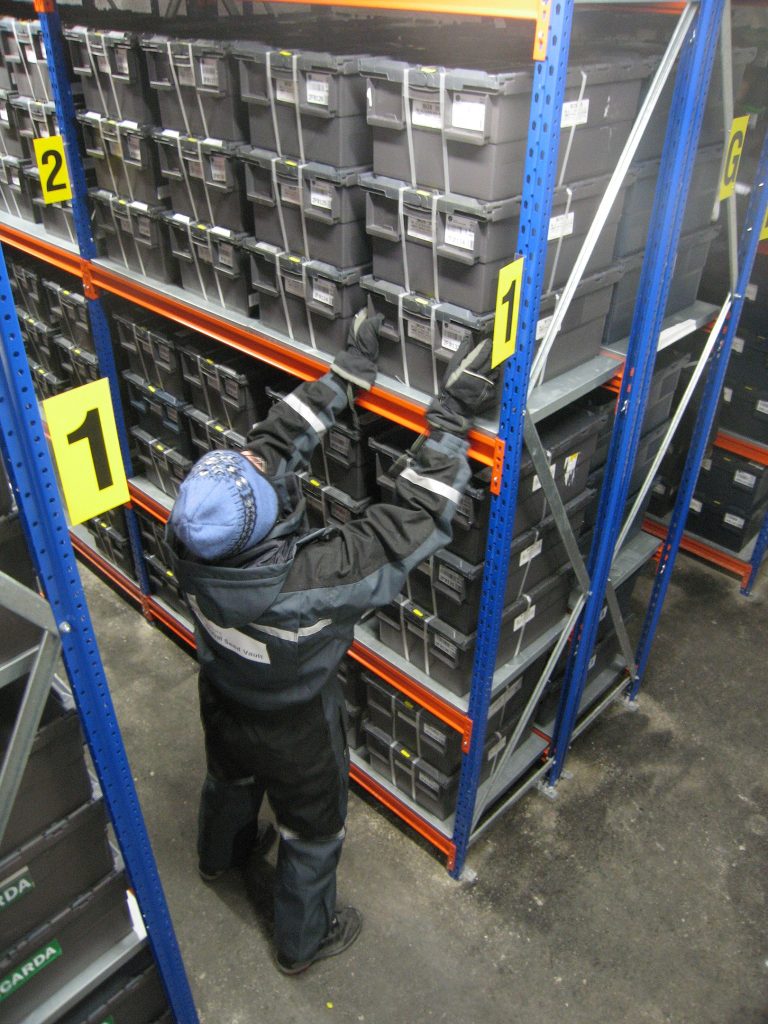
The loss of one of these crop varieties is as irreversible as the extinction of a dinosaur and so the Seed Vault’s natural combination of permafrost and thick rock, together with locally sourced coal for power freezing, ensures this vital supply remains frozen and preserved in time. Its remote location also ensures security and being high enough above sea level, it is protected from ocean flooding even in the “worst case scenario” sea level rises due to climate change. And although it is popularly known to protect us against global catastrophe, it is also there to supply a more fundamental service as a backup against accidental loss of diversity in genebanks. This could be caused by anything from war, mismanagement or funding cuts, to even the most mundane event such as a poor functioning freezer system.
Whilst permafrost is an unlikely option for seed conservation here in the Southern Hemisphere, seed saving from our gardens is definitely in our sights! As the weather cools and the garden quietens, flowering plants prepare for the next generation by forming seed heads from their flowers. Saving the summer’s bounty for the next season is the ultimate gesture in preserving the circle of life in your garden. Some of the top herb seed savers would have to be coriander, parsley and basil – they are all prolific seeders at the end of the season. When the flower heads begin to brown and turn to seed, nip them off the dying plants and save them in a labelled paper bag, as the seed heads dry out, the seeds will loosen and collect in the bag ready for spring.
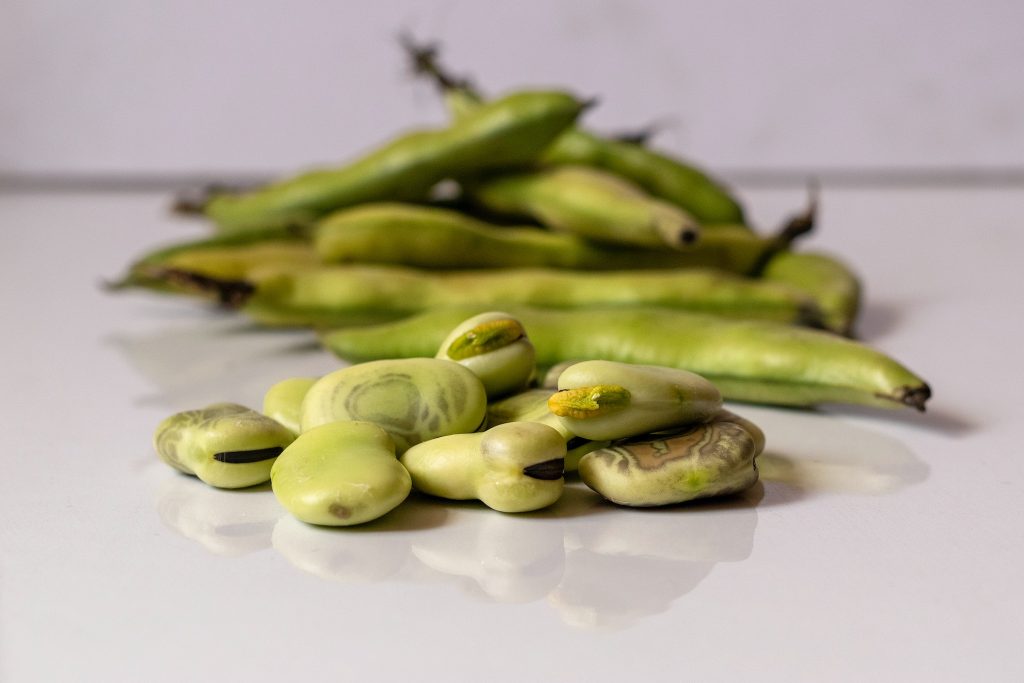
The veggie garden is also aplenty with seeds to save. Broad beans have got to be one of the easiest and most rewarding of the legume family, and did you know that absolutely all parts of the broad bean plant are edible? From the tender tips and flowers, to the leaves, stems, young bean pods and of course the beans; whether fresh and green or as dried fava beans. Leave their seed pods to dry out on the bush before you harvest and store them in an airtight container for the following autumn. Other fantastically easy yielding veggie garden faves include pumpkin, zucchini and cucumber; simply place the seeds in water and rub them to remove pulp, any viable seeds will usually sink to the bottom. Rinse well and dry on a clean towel for a couple of weeks to thoroughly dry then store in an airtight container.
Lettuce is also super easy to collect seeds from. Once your lettuce have bolted, just pick and store the whole seed heads in a brown paper bag. I also use this method for anything with an umbel flower growing habit like fennel and carrot, storing the flower umbels in a paper bag until the seeds loosen from the heads.
And it’s not just seeds that we can reap the rewards of in winter. There are so many other ways we can get more bang for our buck out of our nursery purchases in the cooler months. The yellow raspberry bush “rubus idaeus” that my then three-year-old son proudly and excitedly selected at the nursery is now in its third winter and is shooting out suckers and canes all over the place. I am digging them all up through the winter, separating and replanting them for a bumper crop in summer. It’s also a dual season cropping variety, so we are still seeing the odd raspberry fruit through autumn and early winter.
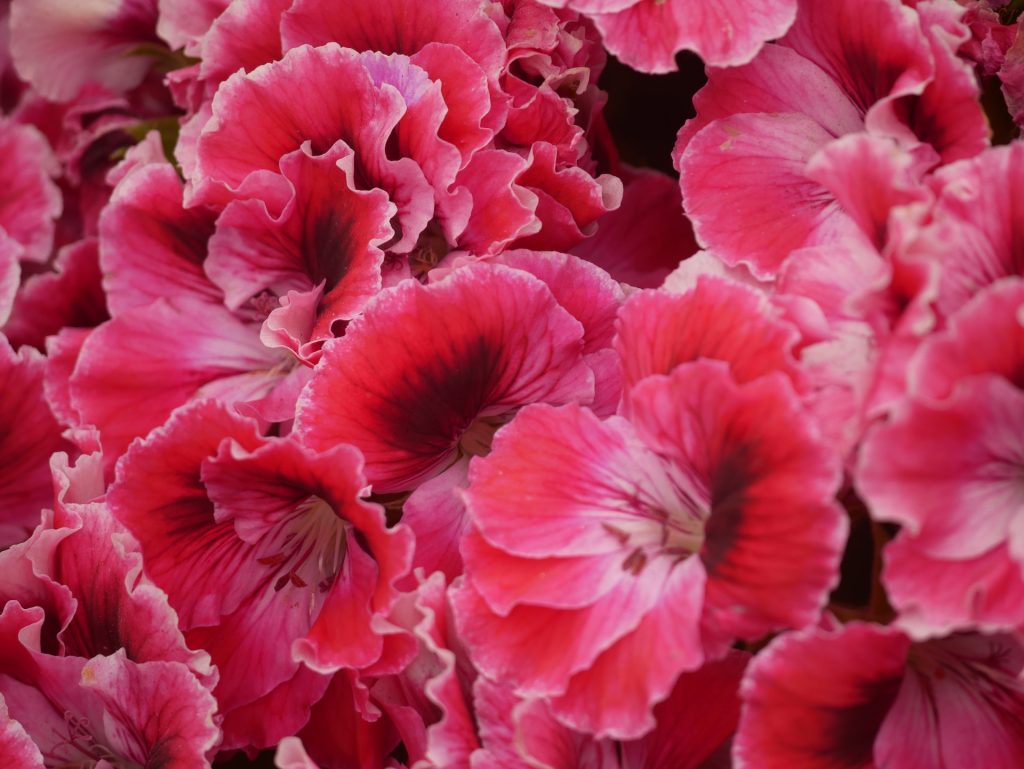
From a winter prune of my various geraniums and pelargoniums, I see hundreds of potential plants from the cuttings a pruning session yields. The pelargonium family is super unfussy and on my edible flower farm 90 percent of our pelargoniums (pink, red, white and scented varieties), which are all edible, are grown from the cuttings of existing plants. Mid-autumn and early spring are the ideal times to plant cuttings; they rely on light, warmth and water to get going, so don’t replant them in the dead of winter. Another good tip is to leave the cuttings in the open air for a few days before planting them; this will form a callus that will promote root growth. It’s also important to plant the cuttings two nodes deep in the soil to assist correct root formation.
Now more than ever, with escalating food prices and reductions in supply, we need to start looking in our own backyard for ways we can innovate and produce our own food. You don’t need much space or money to be resourceful and grow your own food. By saving your seeds, root stock and cuttings, you are breathing life into another generation of our precious edible plants, which will not only help your back pocket but it will also ensure you are eating the freshest seasonal produce for optimal nutrient value, which is good for both our bodies and our planet.
Top image by Frode Ramone.
